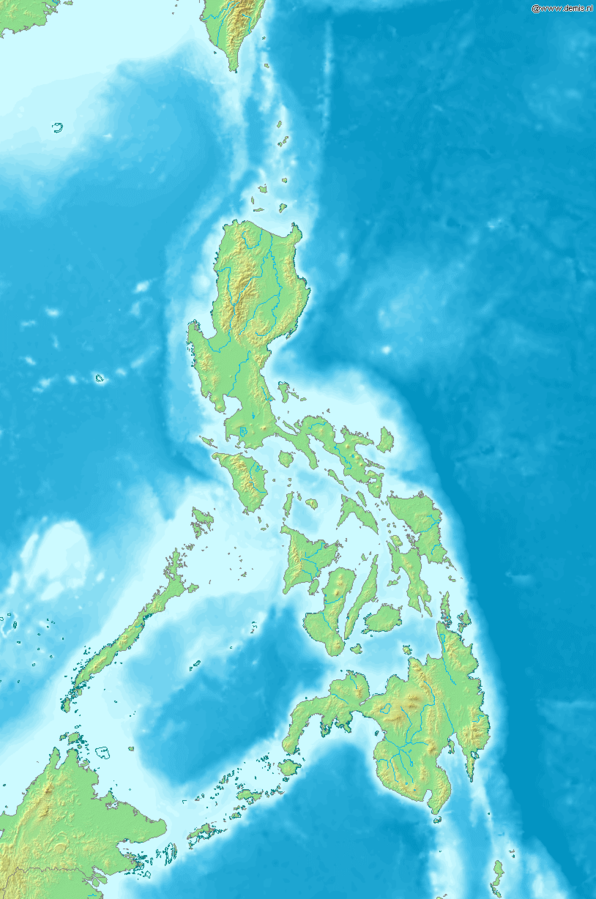By NewsDesk @infectiousdiseasenews
Philippines health officials announced Friday a 13 percent increase in leptospirosis cases this year compared to the same period in 2020.

Health Undersecretary Maria Rosario Vergeire said there are 589 leptospirosis cases reported from January 1 to June 19 this year. This compares to 520 cases reported during the same period in 2020.
In addition, the fatality rate is slightly higher–11.4 percent this year, compared to 9.8 percent last year.
Cordillera Administrative Region, Western Visayas and Cagayan Valley regions reported the highest incidence of the bacterial disease.
Leptospirosis is a bacterial disease. People (and animals) can get infected when they are exposed to the urine of infected animals. They can also get infected from water, soil, or food contaminated with infected animal urine. Leptospirosis bacteria can enter the body through skin or mucous membranes (eyes, nose, or mouth).
Symptoms include fever, chills, headache, muscle aches, vomiting, stomach pain, diarrhea, jaundice (yellow eyes and skin), red eyes, and skin rash. Without treatment, leptospirosis can lead to kidney damage, meningitis (inflammation of the membrane around the brain and spinal cord), liver failure, respiratory distress, and even death.
CDC recommends the following to prevent leptospirosis:
- Avoid contact with fresh water or wet soil, as it could be contaminated with animal urine. Don’t wade through, swim in, drink, or swallow water from lakes, rivers, ponds or streams.
- Do not walk outside barefoot. Wear waterproof protective clothing, especially footwear, if you must have contact with water or wet soil.
- Cover any cuts or scratches with waterproof bandages.
Related:
- H5N6 avian influenza in China: 3 additional cases reported, One death
- Nebraska, South Dakota report 1st human West Nile virus cases of 2021
- Philippines intensifies COVID-19 response in light of local Delta variant cases
- Michigan reports rise in Legionnaires’ disease
- Colorado reports plague activity in six counties
- India avian influenza update from the Health Ministry
- Chicago reports 3-fold increase in Legionnaires’ disease this month


One thought on “Leptospirosis cases up 13 percent in the Philippines”